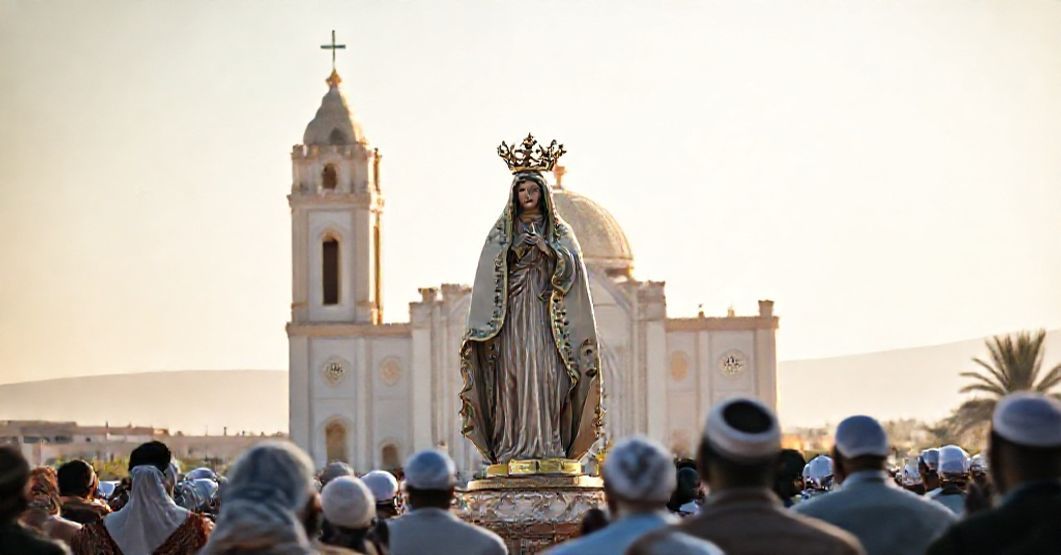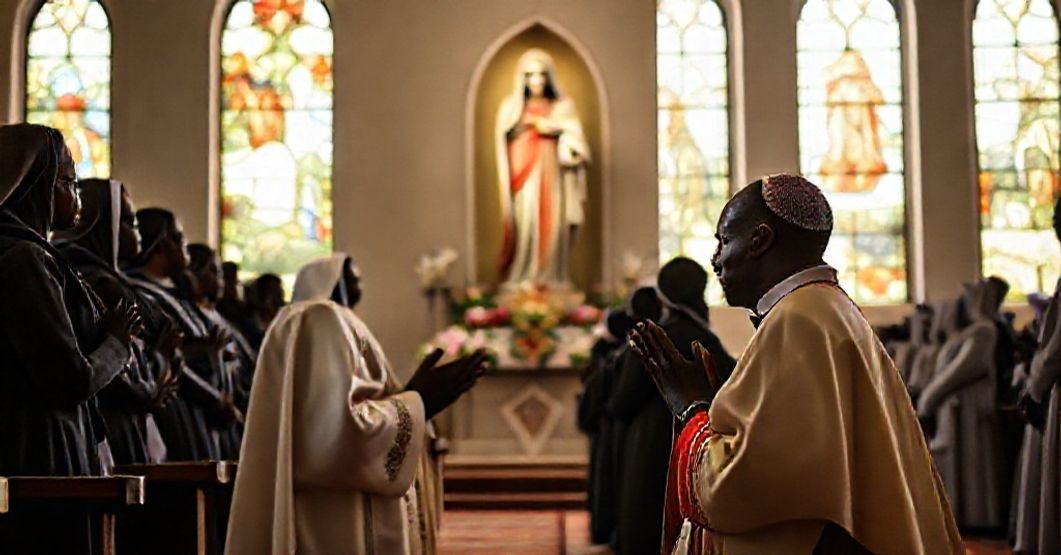Antipopes of the Antichurch



















Timeline of this heretical pontiff
Encyclical Letters
+ 15 posts1959
+ 7 posts1961
+ 4 posts1962
+ 2 posts1963
+ 2 postsApostolic Exhortations
+ 3 postsApostolic Constitutions
+ 93 posts1958
+ 6 posts1959
+ 87 postsMotu Proprio
+ 15 posts1958
+ 1 posts1959
+ 1 posts1962
+ 11 postsApostolic Letters
+ 151 posts1958
+ 4 posts1959
+ 63 posts1960
+ 78 posts1961
+ 1 posts1962
+ 4 posts1963
+ 1 postsSpeeches
+ 99 posts1958
+ 2 posts1959
+ 26 posts1960
+ 29 posts1961
+ 16 posts1962
+ 24 postsMessages
+ 6 posts1959
+ 4 postsHomilies
+ 4 postsLetters
+ 152 posts1958
+ 1 posts1959
+ 48 posts1960
+ 32 posts1961
+ 31 posts1962
+ 30 posts1963
+ 10 postsNot categorized
+ 1 posts1958
+ 1 postsNews feed


Agri culturam (1960.12.16)
The document under review is a Latin apostolic letter of John XXIII, dated 16 December 1960, in which he declares St Isidore the Farmer heavenly patron of all agricultural workers of Spain. It extols agriculture as a noble, innocent art, praises rural virtues such as simplicity, diligence, and justice, presents St Isidore as exemplar of prayerful labor and obedience, and grants the corresponding liturgical patronage privileges to Spanish rural workers. Beneath this apparently pious act lies the characteristic strategy of the conciliar revolution: sentimental naturalism, sociological flattery, and liturgical manipulation used to veil the deeper doctrinal subversion that would soon formally erupt at Vatican II under the same usurper.


Praefervidum erga Beata Maria Virgo «Afrorum Domina» (1960.11.23)
The document attributed to John XXIII proclaims the Marian title “Afrorum Domina” (“Our Lady of Africa”) as principal patroness of the archdiocese of Algiers, rehearsing a narrative of longstanding local devotion, episcopal consecrations, papal coronation of the statue under Pius IX, and the daily veneration of the shrine by Catholics and even Muslims. It wraps this gesture in the solemn legal formulae of Apostolic authority, presenting the act as a Marian, pastoral and “pacifying” intervention for Algeria.


Vel in repositarum (1960.11.21)
In this Latin document dated 21 November 1960, John XXIII declares Saint Joseph, Spouse of the Blessed Virgin Mary, to be the “principal heavenly patron before God” of the newly erected diocese of Maracay in Venezuela. The text briefly recalls long-standing local devotion, notes the erection of the diocese by Pius XII in 1958, invokes the trials of the times, and, invoking “Apostolic” authority, confers on Saint Joseph the liturgical rights and privileges proper to a principal diocesan patron, ending with the usual formula of canonical firmness and nullification of contrary acts. From the standpoint of integral Catholic doctrine, this seemingly pious act is in truth a juridically void gesture of an intruder, the instrumentalization of Saint Joseph to cloak the nascent conciliar revolution with a false aura of continuity and thereby to anesthetize the faithful of Maracay to the approaching apostasy.


Virgo intaminata (1960.10.21)
The document attributed to John XXIII (Virgo intaminata, 21 October 1960) is a short Latin act by which he declares the Blessed Virgin Mary under the title of the Immaculate Conception as the principal heavenly patroness of the newly erected Diocese of Kisii in Kenya, at the request of Maurice M. Otunga. It employs lofty Marian language, invokes the extension of the “reign of Christ and Mary,” and grants the usual liturgical privileges to the new diocesan patroness, clothed in the formulaic assertions that this act is “firm, valid, and efficacious” and that anything contrary is null.
Varia
Announcement:
– News feed –implemented
– Antipopes separate web sites with their all documents refutation – in progress
